The global oxygen generator market has solidified its role as a critical infrastructure backbone, sustaining an unprecedented “dual-track boom” across industrial and medical domains throughout 2025. Building on a strong foundation of over $200 billion in 2024, the market reached approximately $215 billion this year—a 7.5% year-on-year growth that signals robust momentum. As we look toward the 2026–2030 forecast period, the industry is entering a decisive phase of value-driven expansion, fueled by relentless industrial modernization, the global push to expand healthcare access, and technology breakthroughs that are redefining performance standards. For stakeholders from manufacturers to end-users, success now hinges on mastering three core pillars: efficiency, intelligence, and regional adaptation.

I. Market Trends: The New Demand and Technology Paradigm
Industrial Oxygen: Legacy Demand and New Frontiers
The industrial segment remains the market’s stable engine, but its growth narrative is increasingly shaped by diversification beyond traditional heavy industries. Metal processing and chemical manufacturing continue to be core consumers—contributing to the segment’s $105 billion 2025 valuation (accounting for ~49% of the total market)—but the most dynamic growth is emerging from new application areas.
Sectors like glass manufacturing (leveraging oxygen-enriched combustion for energy efficiency), advanced wastewater treatment (aeration processes for pollutant breakdown), and precision aquaculture (dissolved oxygen management for yield improvement) are now the primary growth drivers. These emerging applications are projected to contribute over 65% of the industrial segment’s expansion between 2026 and 2030. A key enabler of this shift is the widespread adoption of on-site generation systems, which eliminate logistical risks of bulk oxygen delivery, reduce operational costs by up to 30%, and enhance process control for facilities ranging from small workshops to large industrial parks.

Medical Oxygen: Deepening Penetration in Home and Emerging Markets
The medical segment, which captured 53% of the total market in 2025 (a $113.95 billion scale), is poised to expand further to 56% by 2030. Three interconnected trends are driving this accelerated growth:
- Demographic Imperative: Aging global populations and the rising prevalence of chronic respiratory diseases (notably COPD) are creating sustained baseline demand. Projections indicate a 23% increase in global COPD cases among adults aged 25 and older by 2050, reaching nearly 600 million—ensuring steady need for both clinical and home oxygen therapy.
- Infrastructure Build-out: Healthcare investments in emerging markets (particularly Asia Pacific and Africa) are accelerating access to oxygen systems. Governments and NGOs are prioritizing hospital expansions and primary care clinics, with portable oxygen solutions becoming a staple in rural and underserved areas.
- The Home-Care Revolution: The shift from hospital-centric to home-based care has reached a tipping point. Compact, user-friendly medical oxygen concentrators are now mainstream, with China’s home oxygen equipment sales having exceeded 1.6 million units in 2025—up 6.7% from the previous year.
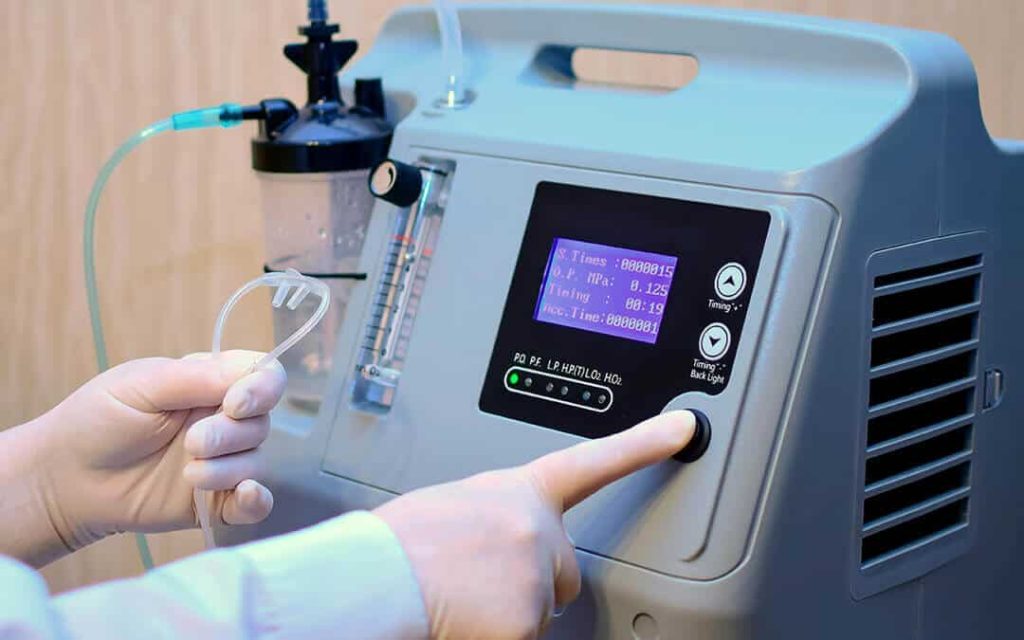
Technology: The Triad of Efficiency, Purity, and Intelligence
Technological innovation remains the core competitive differentiator, with advancements focused on three mutually reinforcing pillars:
- PSA Dominance & Evolution: Pressure Swing Adsorption (PSA) technology retains its market leadership, holding 60% of the 2025 market share. Next-generation PSA systems deliver higher purity (up to 93% for industrial use and 99.7%+ for medical applications) while reducing energy consumption by 12–15% compared to 2020-era models—aligning with global decarbonization goals.
- Specialized Tech Growth: Membrane-based systems are gaining traction in mobile and space-constrained applications (e.g., emergency medical services) due to their minimal maintenance needs. Cryogenic generators, meanwhile, remain indispensable for high-volume industrial sectors like metallurgy, where ultra-high-purity oxygen is non-negotiable.
- The Intelligence Mandate: IoT-enabled systems are no longer a premium add-on but a market standard, accounting for over 45% of new installations in 2025. These smart solutions offer real-time monitoring, predictive maintenance alerts, and cloud-based data synchronization—critical for reducing unplanned downtime in industry and ensuring patient safety in healthcare.
Regional Dynamics: Asia Pacific Leads Growth, Mature Markets Drive Innovation
The global market’s regional landscape is defined by two distinct trajectories:
- Asia Pacific: The undisputed growth engine, capturing over 42% of the global market in 2025. China alone accounts for nearly 31% of global sales, driven by industrial upgrading and healthcare infrastructure investments. India and Southeast Asian nations are fast followers, fueled by manufacturing relocation and rising middle-class demand for home medical equipment.
- North America & Western Europe: Mature markets focused on technological refinement. Demand here centers on energy-efficient, smart, and regulatory-compliant systems. North America was the largest market for smart portable oxygen generators in 2025, reflecting strong consumer preference for advanced home care solutions. Regional players in these markets specialize in high-end niche segments, complementing the broader offerings of global manufacturers.
II. Buyer Guide: Strategic Procurement for 2026 and Beyond
Industrial Buyers: Operational Excellence as the North Star
Industrial purchasers prioritize long-term value over upfront cost, with three criteria dominating decision-making:
- Right-Sizing with Agility: Select systems that match current capacity needs while offering scalability for future growth. Plug-and-play designs are particularly valued for their rapid deployment (reducing installation time by 40% on average) and lower initial capital expenditure.
- Total Cost of Ownership (TCO): With energy prices remaining volatile, prioritize systems with variable speed drives and optimized adsorption cycles. Modern PSA systems can cut energy costs by 12–15% annually compared to older models—a significant saving for high-volume users.
- Maximizing Uptime: Seek solutions with built-in redundancy (e.g., dual compressors) and predictive maintenance capabilities. Unplanned downtime in industrial processes can cost $10,000–$100,000 per hour, making reliability non-negotiable.
Medical & Home Buyers: Safety, Compliance, and Support
For medical and home users, safety and usability take precedence, with three non-negotiable requirements:
- Purity as a Baseline: Insist on systems that guarantee consistent 99.7%+ oxygen purity, verified by independent testing and aligned with international standards (e.g., WHO, FDA).
- Regulatory Certification: Ensure equipment carries region-specific certifications—EU MDR for Europe, FDA for the U.S., NMPA for China—to guarantee safety and market access. Avoid uncertified products, which pose significant health risks.
- Robust After-Sales Ecosystem: Choose suppliers with strong local service networks, 24/7 remote support, and guaranteed spare parts availability. In emerging markets, local technical support can reduce repair lead times from weeks to days.
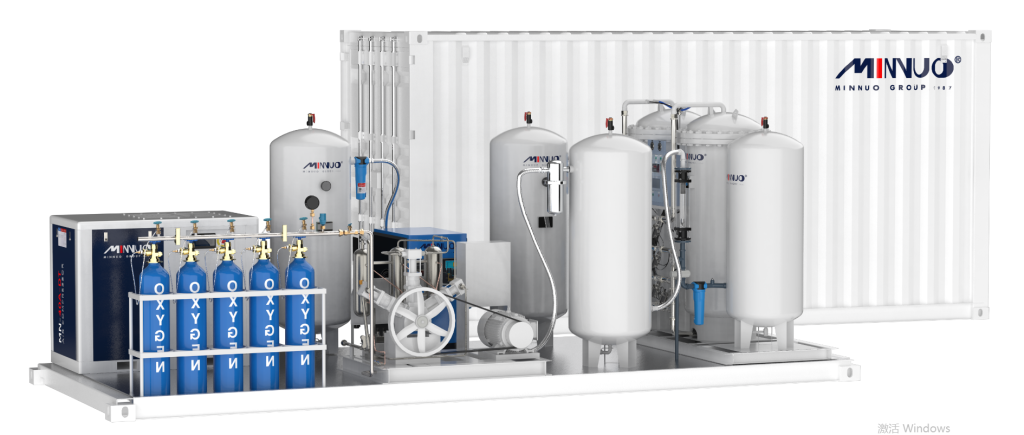
Regional Procurement Nuances
Regional variations add layers of complexity that require tailored strategies:
- Certification Adaptation: Adopt a “globally compliant, locally adapted” approach. While international standards are the benchmark, stay updated on evolving local requirements—such as China’s 2025 updated standards for noise control and electromagnetic compatibility.
- Local Support Imperative: In high-growth regions like Southeast Asia and Africa, the presence of local service teams is a decisive factor. Suppliers with regional offices or authorized partners minimize downtime and build trust.
- Policy Awareness: Tariffs and local content rules (e.g., in India and Brazil) may favor partnerships with local manufacturers over direct imports. Evaluate the total cost of importing versus local production to optimize procurement.
III. Manufacturer Strategies: Winning the Next Phase
R&D Focus: Building Differentiators for 2026+
Innovation remains the primary path to market leadership, with three R&D priorities:
- Efficiency Leap: Invest in next-generation adsorbents and membrane materials to push energy efficiency further. Atlas Copco’s OGP 2-225 model, which gained wide adoption in 2025, sets a benchmark with 93% purity and 10% lower energy use than competitors.
- Miniaturization & Portability: For the home care and mobile medical segments, focus on lightweight materials and modular architectures. Reducing device size by 20–30% (without compromising performance) directly addresses user needs for mobility.
- AI-Driven Intelligence: Move beyond basic IoT monitoring to prescriptive analytics. AI-powered systems that predict maintenance needs and optimize performance in real time create new service-based revenue streams (e.g., subscription-based monitoring).
Supply Chain: From Resilience to Competitive Advantage
Global volatility has elevated supply chain management from a operational function to a strategic priority:
- Multi-Source Critical Components: Reduce reliance on single suppliers for adsorbents, membranes, and compressors. Diversifying sourcing across regions (e.g., Asia, Europe, North America) mitigates geopolitical and logistical risks.
- Regional Manufacturing Hubs: Establish production capacity in key growth regions (e.g., China, India) to improve responsiveness and avoid trade barriers. Localized production can reduce lead times by 50% and lower shipping costs.
- Strategic Inventory: Maintain buffer stocks of essential parts for medical devices, where supply gaps can have life-threatening consequences. A 3–6 month inventory of critical components is now standard for leading manufacturers.
Localization: The Key to Unlocking Emerging Markets
Emerging markets represent 60% of projected growth through 2030, requiring tailored localization strategies:
- Local Production for Local Demand: Set up assembly or manufacturing plants in high-growth regions to comply with import regulations and meet demand faster. MINNUO’s 2025 expansion into India exemplifies this approach.
- Product Customization: Adapt systems to regional needs—such as 220V voltage compatibility for Asia, dust-resistant designs for Africa, and budget-friendly models for price-sensitive segments.
- Partnership-Driven Growth: Collaborate with local distributors and healthcare providers to navigate regulatory landscapes and build brand trust. Partnerships with government health programs can unlock large-scale procurement opportunities.
IV. Outlook and Challenges: Navigating the Future
Market Projections (2026–2030)
The market’s growth trajectory remains robust, with strategic expansion across segments:
- Overall Market: Poised to grow from $215 billion in 2025 to over $320 billion by 2030, maintaining a steady 7.8% CAGR. This growth is supported by industrial upgrading and sustained healthcare demand.
- Industrial Segment: Projected to grow at an 8.5% CAGR, expanding from $105 billion in 2025 to $168 billion by 2030. Emerging applications and on-site generation adoption will drive this expansion.
- Medical Segment: Expected to outpace industrial growth with a 9.2% CAGR, reaching $180 billion by 2030. The home care revolution and emerging market infrastructure build-out will be key drivers, with China’s home oxygen market forecast to hit 1.8 million unit sales in 2026.
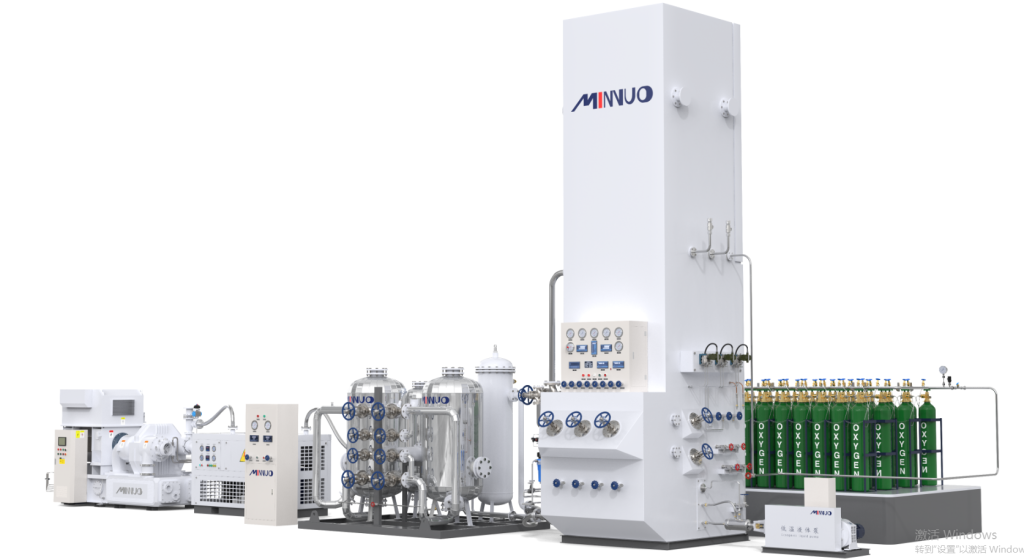
Key Challenges
Despite strong growth potential, stakeholders face three significant hurdles:
- Persistent Supply Chain Volatility: Geopolitical tensions, raw material shortages (e.g., specialized metals for compressors), and shipping delays continue to disrupt production schedules and erode margins.
- Escalating Regulatory Complexity: Evolving safety, purity, and environmental standards (e.g., new EU emissions rules) increase compliance costs and extend time-to-market for new products.
- Intensified Competitive Pressure: The market is fragmenting, with global players, regional manufacturers, and niche specialists competing across segments. Price competition in the value segment and technology barriers in the premium segment are squeezing margins for all participants.
V. Conclusion: Partnering for Success in the Next Era
The 2026–2030 period will be defining for the oxygen generator market. The dual-track growth story is evolving beyond volume expansion to value creation, placing a premium on innovation that delivers tangible efficiency, unwavering reliability, and seamless integration into digital health and smart industrial ecosystems. For stakeholders, success will depend on aligning with these trends while navigating regional complexities and supply chain risks.
MINNUO stands at the forefront of this transition, with a strategy directly aligned to the market’s trajectory. We offer a comprehensive portfolio of high-efficiency industrial systems (optimized for energy savings and scalability), medically certified concentrators (guaranteeing 99.7% purity and global compliance), and smart home care solutions (compact, user-friendly, and IoT-enabled). Our competitive edge lies not just in advanced technology, but in verified reliability, localized support networks (across 20+ countries in Asia, Africa, and Latin America), and customizable designs tailored to regional needs.
Beyond providing equipment, MINNUO acts as a strategic partner. We deliver end-to-end solutions—from custom design and project planning to 24/7 after-sales service and maintenance—ensuring our clients are equipped to thrive in the dynamic and demanding oxygen generator landscape of the future. Whether you’re an industrial plant seeking to reduce operational costs, a hospital expanding access to care, or a distributor serving emerging markets, MINNUO has the expertise and solutions to turn market challenges into growth opportunities.


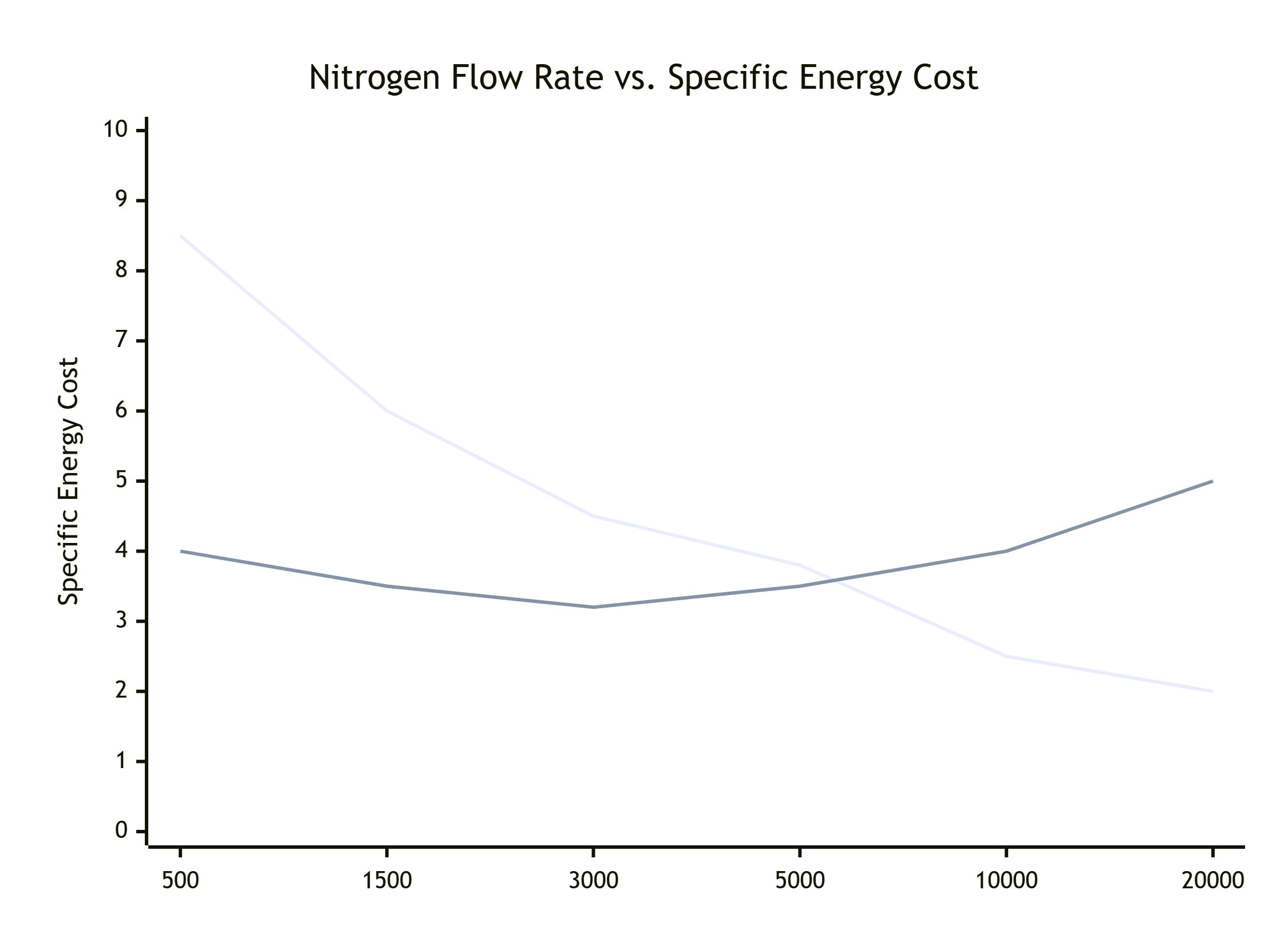

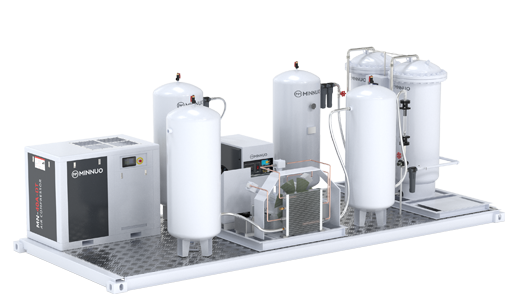

 sales2:+86 17506119168
sales2:+86 17506119168

